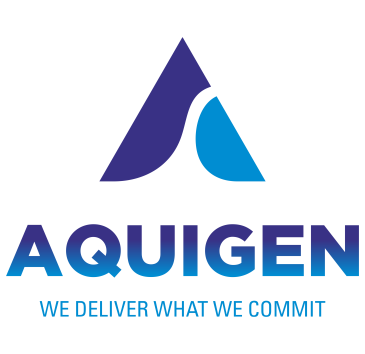In the rapidly advancing pharmaceutical industry, ensuring the safety and efficacy of drugs is essential. A critical focus area is the control of impurities, particularly nitroso impurities, which can impact drug safety. Sumatriptan, a widely prescribed migraine medication, is known to develop a specific nitroso impurity that has raised concerns among regulators and pharmaceutical companies.
At Aquigen Bio Sciences, the leading Contract Research Organization in India, we provide insights and solutions to manage such impurities effectively. This blog by our experts explores everything you need to know about Sumatriptan Nitroso Impurity in Pharmaceuticals, including its potential health implications, and the strategies being implemented to mitigate its risks, ensuring patients receive treatments that meet the highest standards of safety and quality. Let’s begin.
What is Sumatriptan?
Sumatriptan is a selective serotonin receptor agonist widely used in the treatment of migraine headaches. It belongs to a class of drugs known as triptans and works by constricting blood vessels in the brain, thereby relieving migraine-associated pain and symptoms. Sumatriptan is available in various formulations, including tablets, nasal sprays, and injectable forms.
During the manufacturing process or storage of Sumatriptan, a nitroso impurity known as N-nitroso-sumatriptan can potentially form. This impurity is classified as a probable human carcinogen, raising significant safety concerns for patients taking Sumatriptan-containing medications. The formation of N-nitroso-sumatriptan can occur through various mechanisms, such as the reaction of Sumatriptan with nitrite ions or nitrosating agents present in the manufacturing environment or excipients used in the formulation.
Regulatory Guidelines and Limits
Recognizing the potential risks associated with nitroso impurities, regulatory bodies have established guidelines and limits for their presence in pharmaceutical products. The International Council for Harmonisation of Technical Requirements for Pharmaceuticals for Human Use (ICH) has set a threshold of 0.1 ppm (parts per million) for N-nitroso-sumatriptan in Sumatriptan drug substances and products. This limit aims to ensure the safe consumption of Sumatriptan-containing medications while minimizing the risk of exposure to carcinogenic impurities.
Analytical Challenges
Detecting and quantifying nitroso impurities, including N-nitroso-sumatriptan, can be challenging due to their low levels and the complexity of pharmaceutical formulations. Advanced analytical techniques, such as liquid chromatography coupled with mass spectrometry (LC-MS) or gas chromatography with chemical ionization detection (GC-CI), are typically employed to accurately identify and quantify these impurities. Analytical method development and validation play crucial roles in ensuring the reliability and reproducibility of the results.
Mitigation Strategies
Pharmaceutical companies, in collaboration with regulatory agencies, have implemented various strategies to mitigate the formation and presence of the Sumatriptan nitroso impurity. These strategies include:
- Manufacturing Process Optimization: Optimizing the manufacturing process by controlling factors such as pH, temperature, and the presence of nitrosating agents can significantly reduce the formation of N-nitroso-sumatriptan.
- Purification Techniques: Employing advanced purification techniques, such as chromatographic methods or crystallization, can effectively remove N-nitroso-sumatriptan from the final drug product.
- Packaging and Storage Conditions: Proper packaging materials and storage conditions that minimize exposure to nitrosating agents can help prevent the formation of nitroso impurities during the product’s shelf life.
- Supplier Qualification: Rigorous qualification and evaluation of raw material suppliers ensure that the starting materials used in the manufacturing process meet the required specifications and are free from nitrosating agents or nitrites.
Conclusion
The presence of the Sumatriptan nitroso impurity, N-nitroso-sumatriptan, has raised significant concerns within the pharmaceutical industry and among regulatory bodies. While the risk associated with this impurity is low at permitted levels, it is crucial to maintain stringent controls and implement effective mitigation strategies to ensure the safety and quality of Sumatriptan-containing medications. Pharmaceutical companies, in collaboration with regulatory agencies, continue to invest in research, analytical methods, and manufacturing processes to minimize the formation and presence of nitroso impurities in their products.
Aquigen Bio Sciences, a leading contract research and manufacturing organization in India, is at the forefront of providing high-quality Nitroso Impurity Standards, including N-nitroso-sumatriptan. We believe this blog covers everything you need to know about Sumatriptan Nitroso Impurity in Pharmaceuticals. With state-of-the-art analytical capabilities and a commitment to excellence, Aquigen Bio Sciences empowers pharmaceutical companies to meet regulatory requirements and ensure the safety of their products. By partnering with Aquigen Bio Sciences, you can access reliable and accurate Nitroso Impurity Standards, enabling you to maintain the highest standards of quality and safety in your pharmaceutical products. Feel free to connect with our team to manage Sumatriptan Nitroso Impurity in Pharmaceutical products.


